Service hotline
+86 0755-23615795
Release date:2025-07-24Author source:KinghelmViews:105
In today’s competitive consumer electronics industry, selecting a **reliable** FPC connector can make the difference between consistent performance and costly redesigns. This guide offers practical, expert-backed advice for engineers and procurement teams striving to integrate the most suitable FPC connector into their devices, boosting both efficiency and reliability. Follow these insights to stay ahead in your next project.
Consumer electronics are evolving rapidly, pushing **engineering** and **procurement** teams to prioritize the smallest components, including the essential FPC connector. A low-quality FPC connector may seem insignificant but can lead to issues like signal loss, increased heat, or unexpected failure. Prioritizing quality and fit ensures products meet customer expectations and comply with industry standards. Making the right decision upfront prevents downtime, warranty claims, and reputational damage later.

Before selecting, teams must understand different **FPC connector** types. Options include:
Each type serves a unique purpose. Aligning product requirements with connector type avoids mismatches and ensures optimal function. Carefully studying these categories supports smarter decisions.
Smaller devices require compact solutions. Engineers must balance **pitch** and available space to avoid mechanical stress and ensure robust connections. Oversizing can compromise design, while undersizing risks mechanical failure. Assessing pitch, pin count, and footprint early in the design prevents rework.
Reliable performance depends on current capacity and mating cycles. Selecting an FPC connector that withstands repeated use protects product longevity. Procurement teams should request data sheets detailing mating durability and temperature resistance for a comprehensive evaluation.
Quality materials and plating prevent corrosion and signal loss. Prioritize connectors with gold or tin plating, depending on signal demands. Proper insulation and housing materials also help reduce heat build-up, ensuring stable performance across environments.
Aligning technical requirements with supplier capabilities improves procurement efficiency. Consider these strategies:
Transparent supplier relationships reduce surprises and keep production on track.
Design teams must integrate **FPC connector** choices from initial concept stages. Early planning reduces redesign costs and supports effective thermal management. Mechanical engineers should evaluate insertion force, cable flexibility, and space constraints to maintain product integrity. Proactively managing design challenges ensures timely production and customer satisfaction.
Minimizing assembly complexity reduces manufacturing time and cost. Use connectors with easy locking features or clear orientation marks. These adjustments improve operator efficiency and lower error rates during mass production.
Even experienced teams risk common oversights:
Awareness of these pitfalls keeps projects on budget and on schedule, while preserving product reliability.
To stay updated, explore authoritative sites like Mouser Electronics. These resources offer datasheets, expert blogs, and training to keep teams informed about evolving connector technologies. Regular consultation supports better decision-making and strengthens competitive advantage.
Industry innovation continues to drive new connector solutions. Trends include:
Engineering and procurement teams that monitor trends can future-proof designs and adapt swiftly to market demands.
Choosing a **reliable** FPC connector requires balancing technical, commercial, and operational priorities. By understanding connector types, evaluating materials, and collaborating closely with trusted suppliers, engineering and procurement teams can ensure product excellence. Staying informed and using expert-backed strategies will elevate project outcomes, reduce risks, and secure a competitive market position.

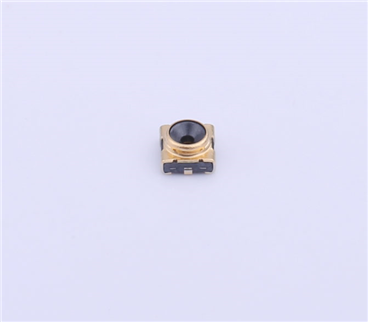
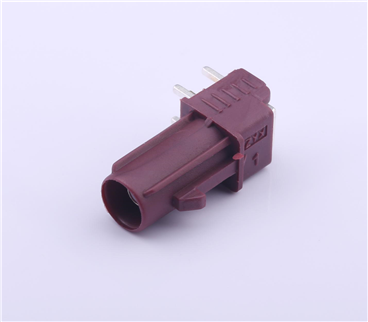
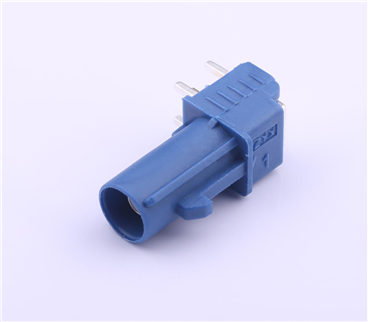
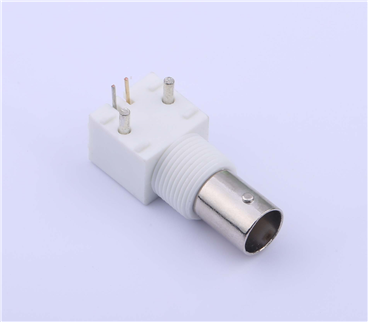
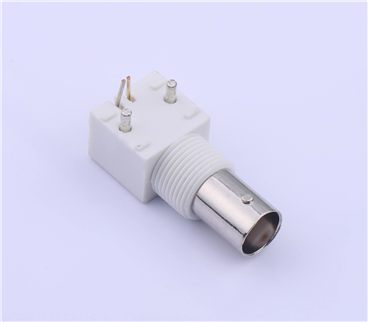
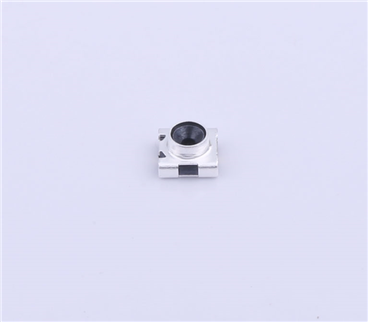

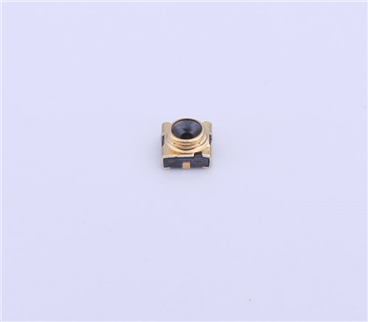
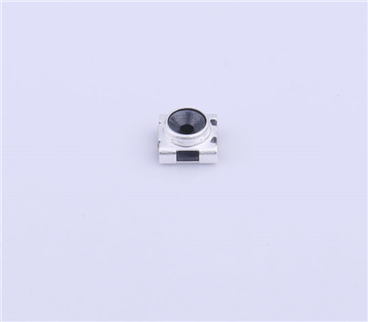
Copyright © Shenzhen Kinghelm Electronics Co., Ltd. all rights reservedYue ICP Bei No. 17113853